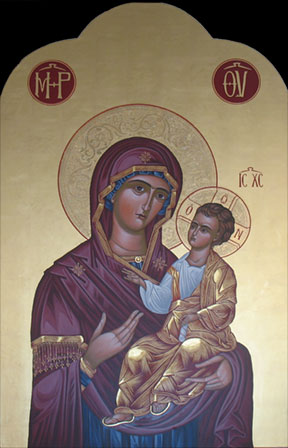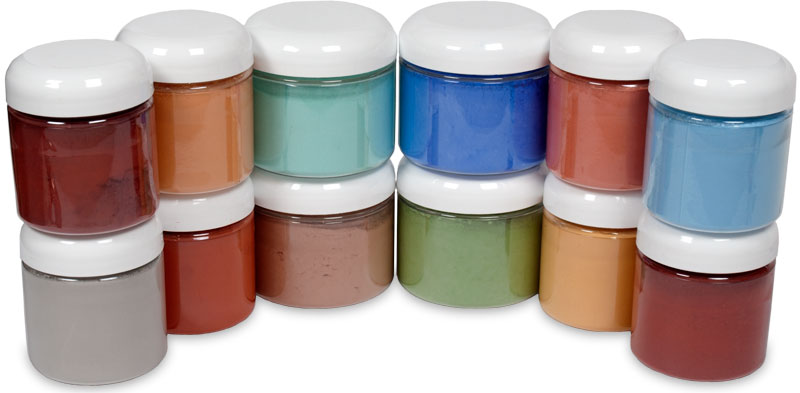 Egg Tempera painting is unique in its characteristics producing crisp, luminous effects that differ from oil. Using egg yolk as the binder, this ancient technique produces a water-soluble paint that dries quickly to an insoluble surface allowing for overpainting with more tempera or other mediums. It is a very permanent technique. All of our pigments colors are suitable for Tempera painting. In addition to our Natural Earths and Ochers, Tempera and Icon painters especially like our line of French Mineral Pigments and our Primaries Set. These pigments have just the right semi-transparent nature for this style of painting. Our Mica Powders are also used by Icon painters to create metallic effects.
Egg Tempera painting is unique in its characteristics producing crisp, luminous effects that differ from oil. Using egg yolk as the binder, this ancient technique produces a water-soluble paint that dries quickly to an insoluble surface allowing for overpainting with more tempera or other mediums. It is a very permanent technique. All of our pigments colors are suitable for Tempera painting. In addition to our Natural Earths and Ochers, Tempera and Icon painters especially like our line of French Mineral Pigments and our Primaries Set. These pigments have just the right semi-transparent nature for this style of painting. Our Mica Powders are also used by Icon painters to create metallic effects.
Ingredients
- Egg Yolk
- Water to lengthen
- Dry Pigments
Just as with Oil paints, the recipe is a simple mixture of the binder with the pigments to produce the proper consistency. The first step is to properly separate the egg from the white. Break open an egg, cleanly separating the yolk from the white. Keeping the yolk whole, dry it by passing it back and forth in the palms of your hands, drying the palm with each pass. The yolk must then be removed from the sack. This is easily done by holding the yolk over a dish or jar with your thumb and forefinger, piercing the sack to allow the contents to flow out. Discard the empty sac. The yolk itself can then be mixed directly with your dry pigments using water to lengthen, or the yolk can be mixed with one part water in a jar and shaken vigorously to prepare an emulsion. A drop or two of clove oil or wine can be added to impart a pleasant smell and retard spoilage. Tempera should be applied over a glue gesso on a rigid panel, (see our recipe for Artist's Gesso). Remember that tempera dries quickly. Be sure to clean all tools well in hot, soapy water.



